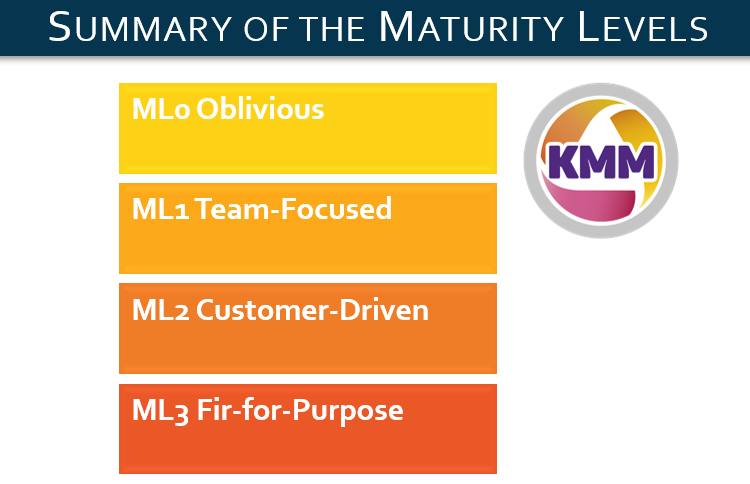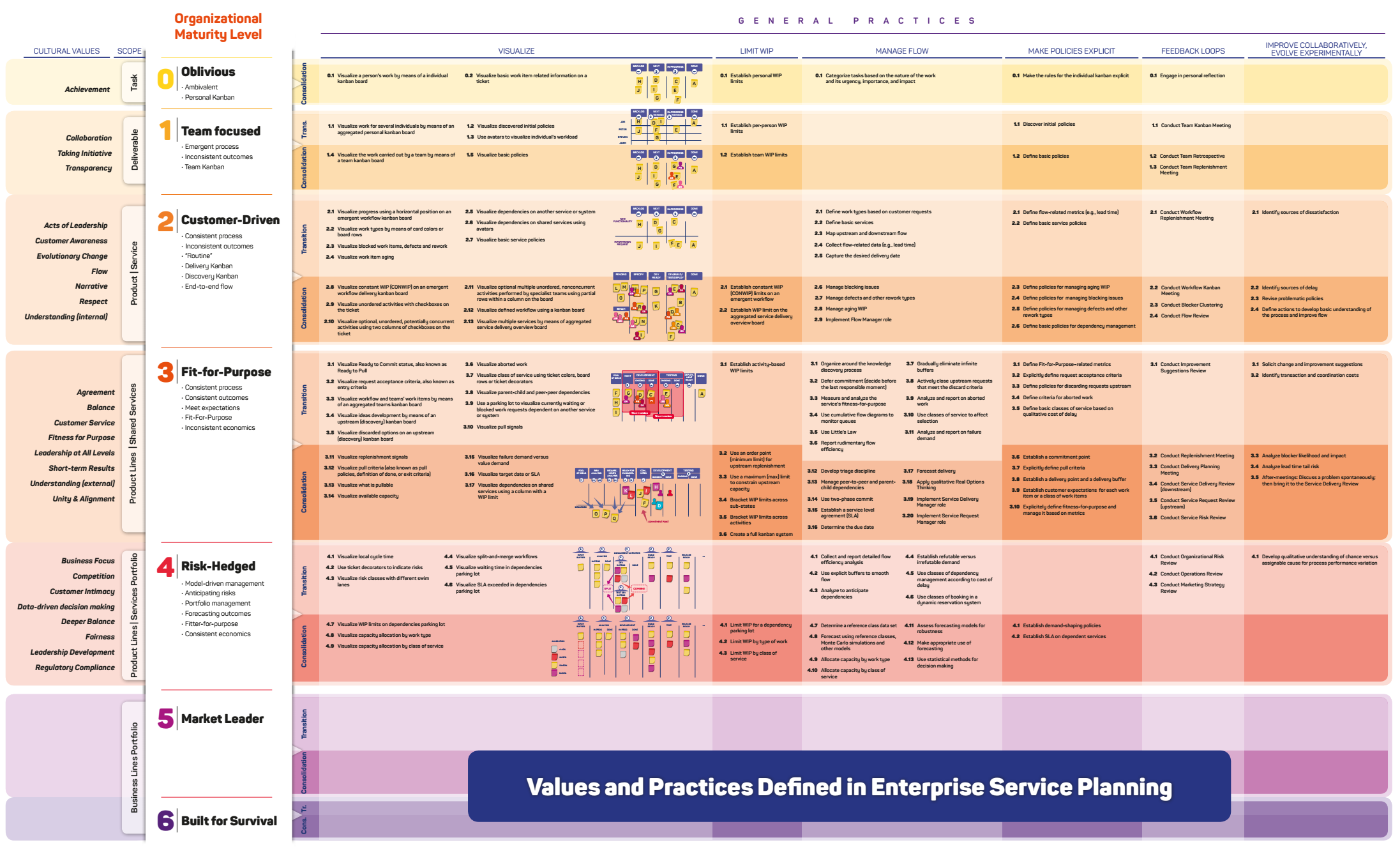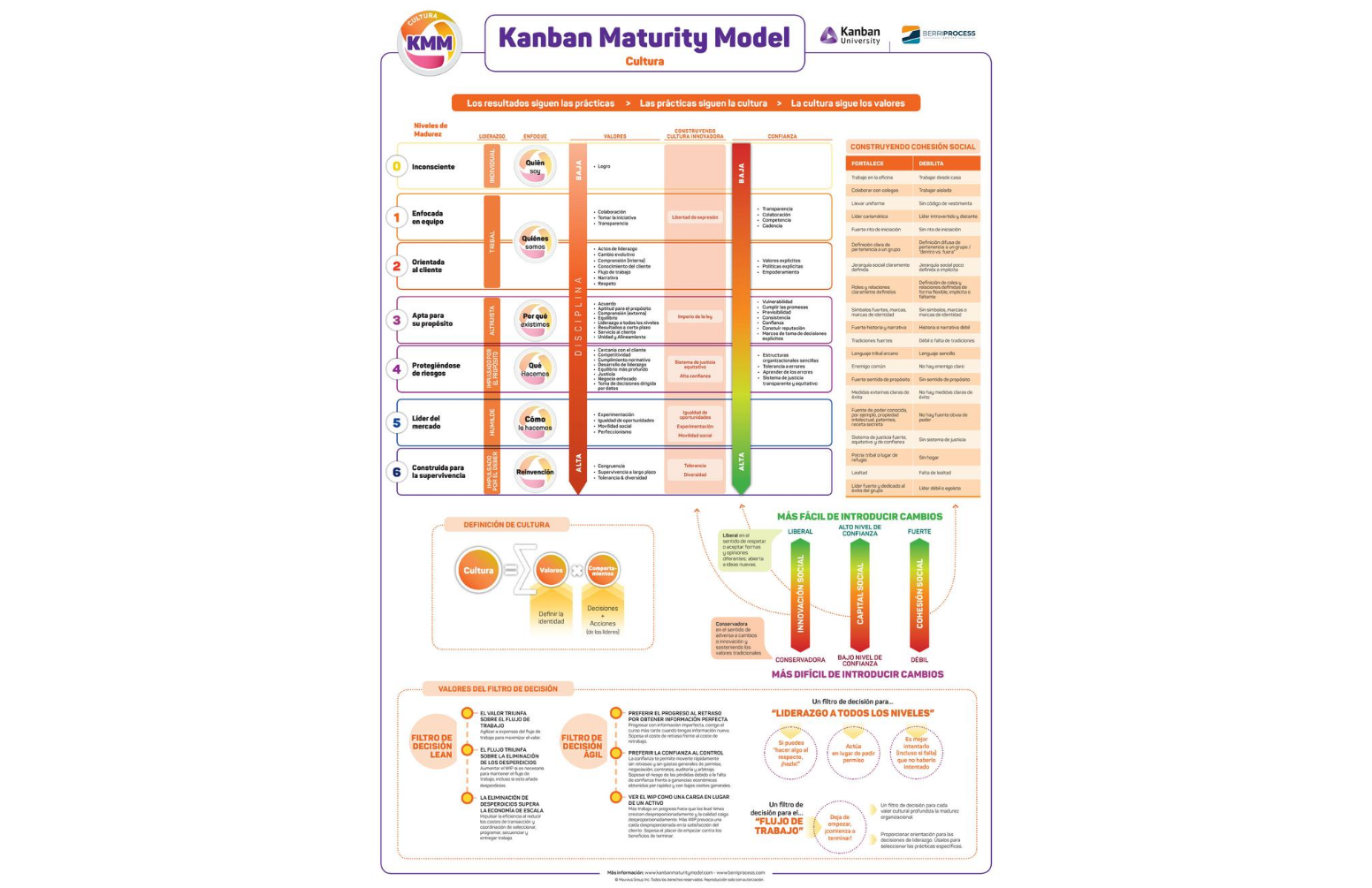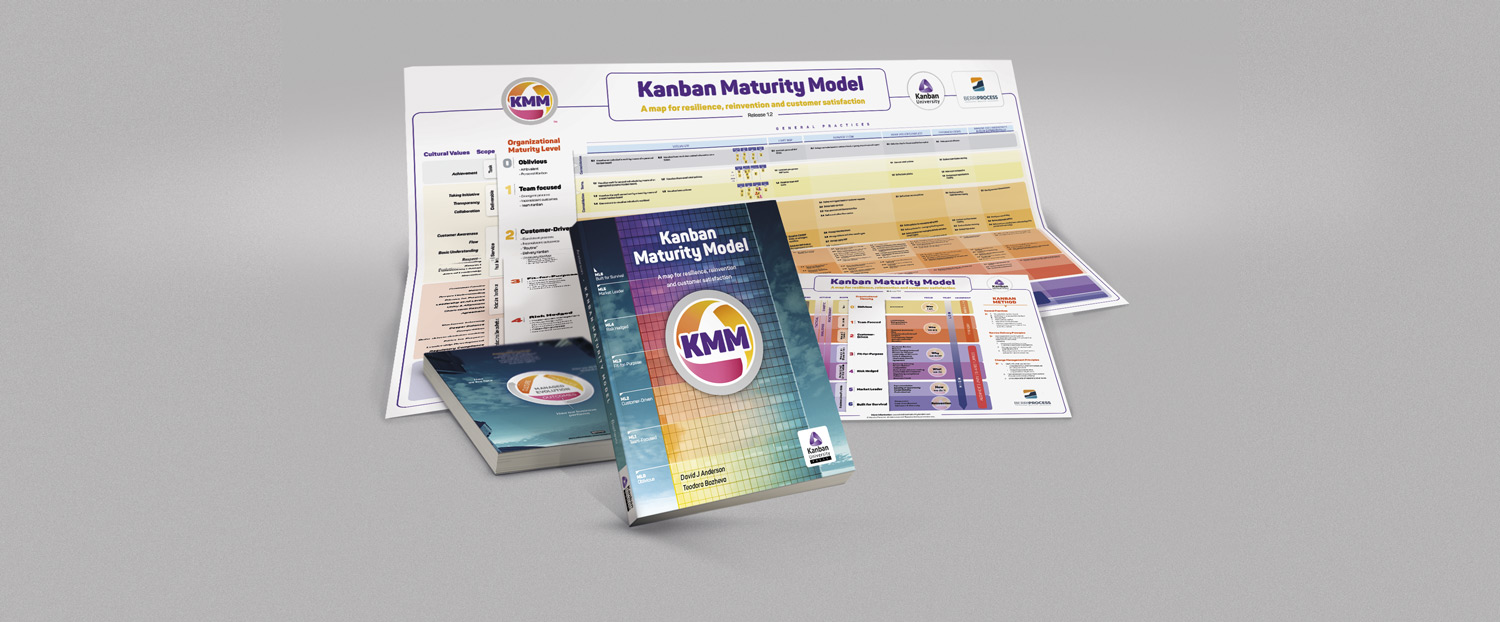
Organizational Maturity Levels (KMM) – Maturity Level 0 and 1
I am sure you have heard of the Kanban Maturity Model, also known as KMM, but if you do not

I am sure you have heard of the Kanban Maturity Model, also known as KMM, but if you do not

Developing the desired culture of your company and achieving greater business outcomes requires actions, effective actions. Therefore, we lead organizational change with values and

People who have been involved in organizational change initiatives know that culture is the key factor that determines if the

The Kanban Maturity Model is a map for developing business agility in an evolutionary manner. It defines cultural values and Kanban practices that together enable
By subscribing to Berriprocess Agility's newsletter you agree to receive periodic emails, promotions and the latest news so you don't miss anything. You can unsubscribe any time.